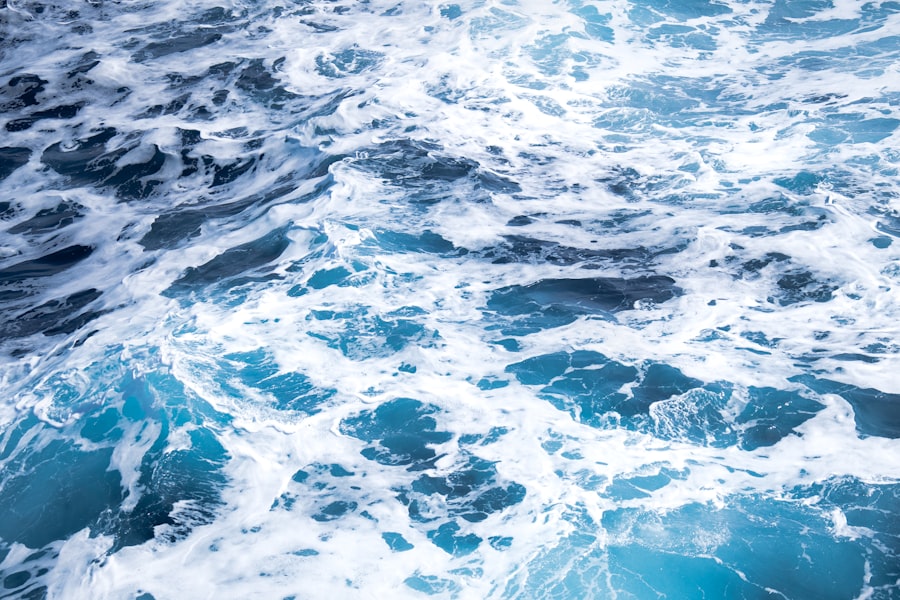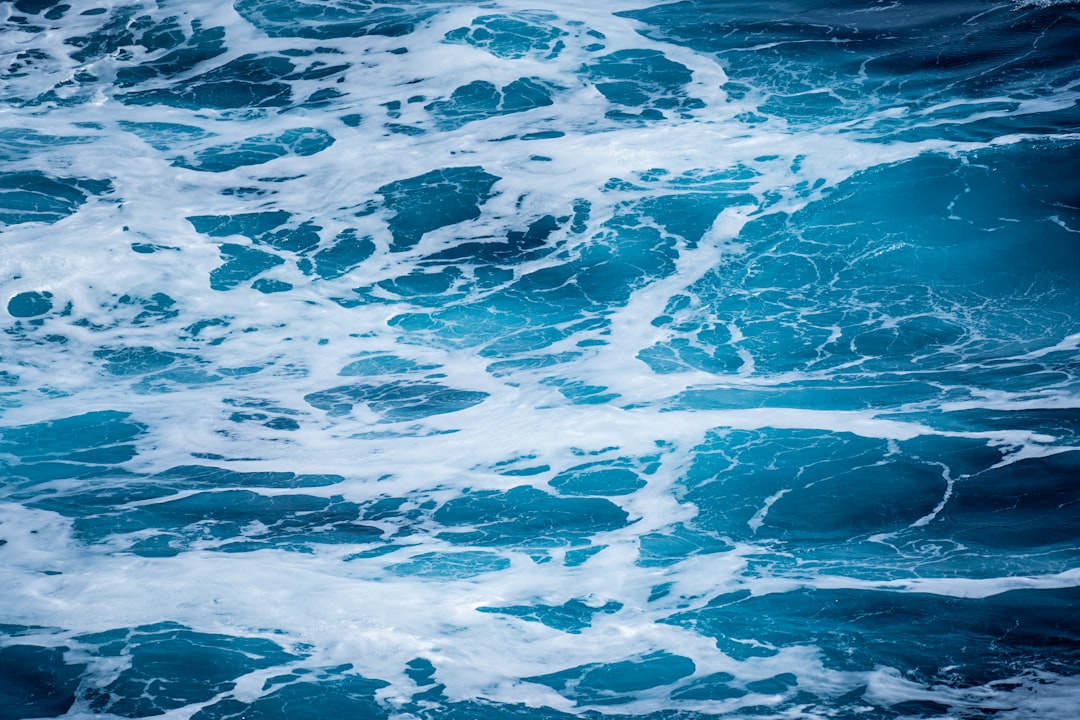The Drake Passage, a body of water situated between the southern tip of South America and Antarctica, holds significant importance in maritime navigation and oceanography. This narrow stretch of sea is not only a critical route for vessels traveling to and from Antarctica but also serves as a vital area for scientific research. Understanding the Drake Passage is essential for sailors, researchers, and environmentalists alike, as it plays a crucial role in global ocean currents and climate patterns.
The passage is often characterized by its unpredictable weather and turbulent waters, making it a challenging area for navigation. Moreover, the Drake Passage is a unique ecological zone that supports diverse marine life, including whales, seals, and various seabird species. The understanding of this region extends beyond mere navigation; it encompasses the study of its rich biodiversity and the impact of climate change on its ecosystems.
As global warming continues to affect ocean temperatures and currents, comprehending the dynamics of the Drake Passage becomes increasingly vital for predicting environmental changes and their implications for marine life and human activities.
Key Takeaways
- Understanding the Drake Passage is crucial for safe and efficient navigation
- Factors affecting crossing duration include weather, sea conditions, and vessel speed
- Typical duration of the Drake Passage crossing ranges from 2 to 4 days
- Weather can significantly impact crossing time, with rough seas causing delays
- Strategies for minimizing crossing time include choosing the right vessel and timing the journey carefully
Factors Affecting the Duration of the Drake Passage Crossing
Several factors influence the duration of a crossing through the Drake Passage, making it a complex undertaking for any vessel. One of the primary considerations is the size and type of the ship. Larger vessels may have more stability in rough seas but can also be slower due to their size.
Conversely, smaller ships may navigate more quickly but are often more susceptible to the effects of waves and wind. The design and construction of the vessel play a significant role in determining how efficiently it can traverse these challenging waters. Another critical factor is the prevailing weather conditions at the time of crossing.
The Drake Passage is notorious for its rapidly changing weather patterns, which can include strong winds, high waves, and sudden storms. These conditions can significantly extend crossing times or even necessitate delays for safety reasons. Additionally, the time of year can affect weather patterns; for instance, summer months may offer calmer seas compared to winter months when storms are more frequent.
Understanding these variables is essential for anyone planning a journey through this formidable passage.
Typical Duration of the Drake Passage Crossing

The typical duration for crossing the Drake Passage varies widely depending on several factors, including vessel type, weather conditions, and navigational routes taken. Generally, most crossings take between 24 to 48 hours. However, this timeframe can fluctuate significantly based on external conditions.
For instance, a well-equipped expedition vessel may complete the journey in as little as 24 hours under favorable conditions, while adverse weather could extend the crossing to several days. It is also important to note that different routes may be taken depending on the destination within Antarctica or South America. Some vessels may opt for a more direct route that could shorten travel time, while others might choose a longer path to avoid particularly rough waters or unfavorable weather conditions.
Thus, while there is a general expectation regarding crossing duration, actual times can vary considerably based on a multitude of factors.
Weather and Its Impact on Crossing Time
| Weather Condition | Average Crossing Time (minutes) | Impact |
|---|---|---|
| Sunny | 10 | Low impact, smooth sailing |
| Rainy | 15 | Moderate impact, slower crossing |
| Windy | 20 | High impact, delays and rough waters |
Weather plays a pivotal role in determining how long it takes to cross the Drake Passage. The region is infamous for its unpredictable weather patterns, which can change rapidly and without warning. Strong winds can whip up waves that reach heights of over 30 feet, creating treacherous conditions for any vessel attempting to navigate through the passage.
These high seas can lead to slower speeds or even force ships to alter their course or wait for calmer conditions before proceeding. In addition to wind and wave height, other weather-related factors such as fog and precipitation can also impact visibility and navigation efficiency. Fog can obscure landmarks and navigational aids, making it difficult for captains to maintain their intended course.
Rain or snow can further complicate matters by affecting both visibility and vessel performance. Therefore, understanding the weather patterns in the Drake Passage is crucial for planning an efficient crossing and ensuring the safety of all onboard.
Strategies for Minimizing Crossing Time
To minimize crossing time through the Drake Passage, several strategies can be employed by mariners and expedition planners alike. One effective approach is to monitor weather forecasts closely before embarking on the journey. By choosing a departure time that aligns with favorable weather conditions, vessels can avoid delays caused by storms or rough seas.
Advanced weather tracking technology allows captains to make informed decisions about when to set sail and which routes to take. Another strategy involves optimizing vessel speed and performance. This can include adjusting ballast levels to enhance stability or utilizing specific navigational techniques that allow for faster travel through turbulent waters.
Additionally, experienced crews familiar with the nuances of navigating the Drake Passage can make real-time adjustments based on changing conditions, further reducing crossing time. By combining careful planning with skilled navigation, vessels can effectively minimize their time spent in this challenging maritime environment.
The Role of Technology in Navigating the Drake Passage

Technology has revolutionized maritime navigation, particularly in challenging areas like the Drake Passage. Modern vessels are equipped with advanced navigational systems that provide real-time data on weather conditions, sea state, and potential hazards along the route. These systems enable captains to make informed decisions about their course and speed, significantly enhancing safety and efficiency during crossings.
This information is invaluable for adjusting routes or schedules as needed during a crossing. Additionally, advancements in ship design have led to more robust vessels capable of withstanding harsh conditions in the Drake Passage.
These technological innovations not only improve crossing times but also enhance overall safety for crews and passengers alike.
Historical Expeditions and Their Crossing Times
Throughout history, numerous expeditions have traversed the Drake Passage, each with varying degrees of success and crossing times. Early explorers faced significant challenges due to limited navigational tools and knowledge about the region’s weather patterns. For instance, Sir Ernest Shackleton’s famous Antarctic expedition in 1914-1916 encountered severe storms that delayed their crossing significantly, illustrating the unpredictable nature of this maritime route.
In contrast, modern expeditions benefit from advanced technology and better understanding of weather patterns, allowing them to complete crossings more efficiently. Historical records indicate that while early voyages could take several days or even weeks to navigate the passage, contemporary expeditions often complete the journey in under 48 hours under favorable conditions. This evolution reflects not only advancements in technology but also an increased understanding of the unique challenges posed by this formidable body of water.
Tips for a Smooth and Efficient Drake Passage Crossing
For those planning a crossing through the Drake Passage, several tips can help ensure a smooth and efficient journey. First and foremost, thorough preparation is key. This includes researching current weather conditions and understanding potential challenges that may arise during the crossing.
Travelers should also pack appropriately for varying weather conditions, as temperatures can fluctuate dramatically. Additionally, choosing an experienced crew familiar with navigating the Drake Passage can make a significant difference in crossing efficiency. A knowledgeable crew will be adept at making real-time adjustments based on changing conditions and will have strategies in place to handle any unexpected challenges that may arise during the journey.
Finally, maintaining open communication with all onboard about safety protocols and expectations can contribute to a more enjoyable experience during this often tumultuous crossing.
Safety Considerations for Crossing the Drake Passage
Safety is paramount when navigating the Drake Passage due to its notorious reputation for rough seas and unpredictable weather patterns. Mariners must adhere to strict safety protocols to ensure the well-being of all onboard. This includes conducting thorough pre-departure checks on all equipment and ensuring that safety gear such as life jackets and emergency beacons are readily accessible.
Additionally, maintaining constant communication with other vessels in the area can provide valuable information about current conditions and potential hazards. It is also advisable for crews to have contingency plans in place should they encounter severe weather or mechanical issues during their crossing. By prioritizing safety measures and being prepared for any eventuality, mariners can significantly reduce risks associated with traversing this challenging maritime route.
Planning and Preparation for the Drake Passage Crossing
Effective planning and preparation are essential components of successfully navigating the Drake Passage. This begins with selecting an appropriate vessel equipped for rough seas and ensuring that it meets all safety regulations. Additionally, travelers should familiarize themselves with potential itineraries that account for varying weather conditions and possible delays.
Engaging with experienced expedition companies that specialize in Antarctic travel can provide invaluable insights into best practices for crossing the Drake Passage. These companies often have established protocols for monitoring weather patterns and adjusting routes accordingly to ensure safe passage. Furthermore, travelers should prepare mentally for the challenges posed by this journey; understanding that conditions can change rapidly will help set realistic expectations for crossing times.
The Future of Navigating the Drake Passage
As climate change continues to impact global weather patterns, the future of navigating the Drake Passage may evolve significantly. Researchers are increasingly focused on understanding how shifting ocean currents and temperatures will affect this critical maritime route. Innovations in technology will likely play a crucial role in enhancing navigation safety and efficiency as new tools are developed to monitor environmental changes.
Moreover, as interest in Antarctic exploration grows among tourists and researchers alike, there may be increased pressure on shipping routes through the Drake Passage. Balancing environmental concerns with economic interests will be essential in ensuring sustainable practices are adopted in this sensitive region. Ultimately, understanding both historical context and future trends will be vital for anyone involved in navigating this iconic passage as they adapt to an ever-changing maritime landscape.
The Drake Passage, a notorious stretch of water between the southern tip of South America and Antarctica, is often discussed in terms of its challenging conditions and the time it takes to traverse. For those interested in learning more about the geographical and historical significance of this passage, a related article can be found on MyGeoQuest. This article delves into the intricacies of the Drake Passage, offering insights into its role in global ocean currents and its impact on maritime travel. To explore this topic further, you can visit the article by clicking on this link.
WATCH HERE: Drake Passage: Earth’s Deadliest Waters Revealed
FAQs
What is the Drake Passage?
The Drake Passage is the body of water between the southern tip of South America and the northern tip of the Antarctic Peninsula. It connects the Atlantic and Pacific Oceans.
How long is the Drake Passage?
The Drake Passage is approximately 600 miles (970 kilometers) wide.
How long does it take to cross the Drake Passage?
The time it takes to cross the Drake Passage can vary depending on weather conditions and the specific route taken, but it typically takes around 2-3 days for a ship to cross the passage.
What is the weather like in the Drake Passage?
The weather in the Drake Passage is known for being notoriously rough and unpredictable, with strong winds and high waves. It is often considered one of the most challenging sea crossings in the world.
Why is the Drake Passage significant?
The Drake Passage is significant because it is the shortest and most direct route for ships traveling between the Atlantic and Pacific Oceans in the Southern Hemisphere. It is also an important area for scientific research and exploration due to its unique oceanographic and ecological characteristics.
